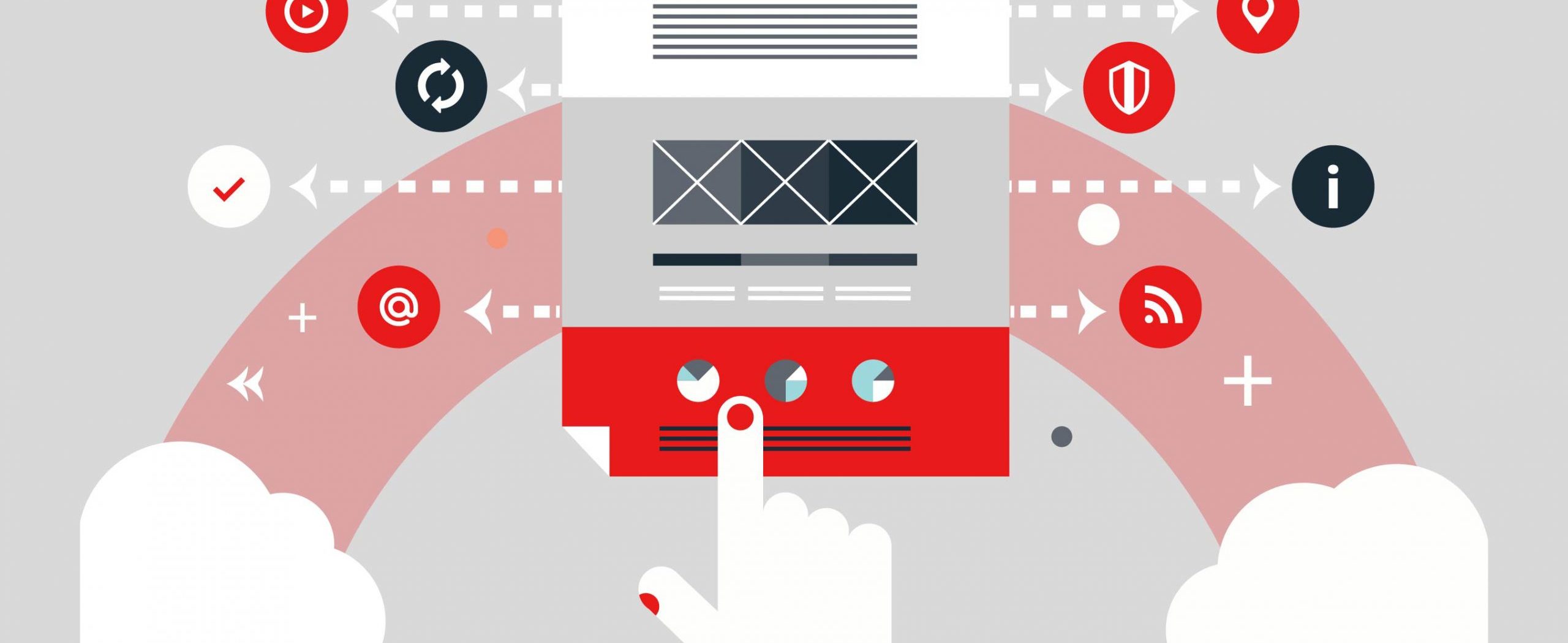Facts! Statistics! … and Storytelling??
What is all the buzz about stories and why do we need them?
Stories are an international language, accepted worldwide. Take for example, British authors JRR Tolkien and JK Rowling, or American author George RR Martin, or Swedish author Stieg Larsson, or Colombian author Gabriel García Márquez or any other great author in the world and they have one major thing in common: they are all terrific storytellers.
No matter the language or culture, people around the globe recognize great stories. More importantly, they relate to these stories.
Why is that?
The Science behind Storytelling
It turns out there are extremely specific reasons why people react the way they do to stories and neuroscience can explain why. Or perhaps more correctly put, “how” - as neuroscience is the study of the brain and how it affects behaviour and cognition. Said more simply, neuroscience is the study of how the brain thinks.i
Research shows that when a person experiences the feeling of empathy, their brain floods the body with Oxytocin. Also known as the “love hormone”, Oxytocin is basically our “feel good” hormone.
We have also discovered that watching a movie or listening to a good story makes us feel and triggers empathy for the main character(s). This empathetic reaction in turn triggers the release of Oxytocin, making us feel good, emotionally aroused, and best of all, engaged.
In our words – listening to a story engages us.
In addition, not only do we feel empathy, but we feel even more empathy if the story focuses on a single person rather than the same event happening to several people at the same time. This empathetic connection happens whether the events are happy, neutral, or even negative.
A noticeably clear example of this happened recently with the Syrian Civil War.
Think back to when you first started hearing about the Civil War in Syria, how hundreds of thousands of people were displaced and thousands more had to leave the country and became refugees.
Do you remember hearing news stories about the hordes of refugees crashing ashore as they tried to escape?
Privately and only to yourself, try to remember how much did you really think about the refugees? More importantly, how much did you feel something about that sad and desperate situation? Again, these are only your private thoughts and no one else needs to know.
Many of us can nod our heads, remember that we shook our heads, perhaps even bit down on our lower lip and … continued with our daily activities, quickly forgetting about the refugees.
Now – think back to September 2, 2015 when pictures of drowned 3-year old, Alan Kurdi surfaced on every television and as the breaking news on every newspaper headline.
British Prime Minister David Cameron said:
“Anyone who saw those pictures overnight could not help but be moved and, as a father, I felt deeply moved by the sight of that young boy on a beach in Turkey.”

Moments of Mournheld in memory of Alan Kurdi and other refugees,
Defend International, September 2015
Image Attribution: Defend International, CC BY-SA 3.0 , via Wikimedia Commons
This is a very clear example of how the story of 1 tragic little boy and his father can affect so many people whereas the tragedy of thousand touches us for a moment but then is soon forgotten.
Part of this phenomenon is also explained by brain scientist (and a dear colleague of ours), Dr. Carmen Simon as she refers to the “fuzzy memory traces” theory in her recent book “Impossible to Ignore”.
According to that theory she says, two types of memories we form are: verbatim and gist. Verbatim memories are precise and exact word-for-word, accurate recollections of what we experienced. By contrast, gist memories are less accurate and precise, but they include a heighted level of ‘meaning’ about the experience. This makes gist memories relative and therefore more easily recalled. Because of the higher degree of precision, verbatim memories tend to disappear (or be forgotten) faster than gist memory. Yet when it is necessary to recall or reconstruct a feeling, an ambiance, a sense of something, it is far easier to remember feelings than to recall specific and precise data.
We can therefore summarize what science tells us about stories and why we need them.
Simply put, a good story engages the audience by connecting them and creating empathy which in turn, releases Oxytocin, thereby making the audience feel good which imprints the experience into memory for a longer amount of time.
Why is storytelling so important when presenting data to non-data people?
Due to their comfort and experience in working with data, most data people will experience a “familiarity” with another presenter’s data materials without having specific knowledge on that data. Being so data-oriented, they approach new material in a very “verbatim memory” way – very analytical and systematic.
However, it is quite a different situation for the non-data people. Not being data-oriented to begin with, some will have a more difficult experience trying to process data in general. Non-data people tend to be more “gist memory” driven. This means they won’t have the data triggers to assist them in developing the necessary insights and comprehension levels. Even worse, they could come to some completely different insights, ones that were not intended.
For further reading on Data people vs. Non-Data people read our article
When you want to influence your audience perceptions and insights, reinforce what they will remember, and potential sway the decision they will take based on what they have understood – the right story can make a tremendous difference.
Let’s look at an example of how this played out on the world stage with a very current ‘hot’ topic. This is the story of Al Gore vs. Greta Thunberg
Both speakers are tremendously passionate about their beliefs and both wanted to bring the subject of “Climate change” to the world’s attention.
So, what made 16-year old Greta Thunberg so successful and why did Al Gore, the previous vice-president of the USA fail so badly?
Greta told a story. She simply said: “The year 2078, I will celebrate my 75th birthday. If I have children maybe they will spend that day with me. Maybe they will ask me about you. Maybe they will ask why you didn't do anything while there still was time to act. You say you love your children above all else, and yet you are stealing their future in front of their very eyes”
Greta gave Climate Change a face and she created empathy in her audience as everyone imagined their children being so bitterly disappointed and angry with them. Her speech became viral, because it was very emotional. There was not a single piece of data there. Only a story.
Al Gore, on the other hand, made the mistake of drowning everyone with too much data and information in his presentation back in 2006. In a review for Wired Magazine written by Karen Breslau, she said:
“Gore had plenty to say about thinning polar ice caps, shrinking glaciers, rising carbon dioxide concentrations, spiking temperatures, and hundreds of other data points he has woven into an overpowering slide show detailing the catastrophic changes affecting the earth's climate."
-The Resurrection of Al Gore | WIRED Magazine
Karen Breslau, Journalist
It goes without saying that instead of focusing on Gore’s topic of Climate Change, the media mainly spoke about his lousy presentation.
Perhaps the final compelling proof on the high value of using storytelling in data scenarios comes from Brent Dykes, author of the book, “Effective Data Storytelling”:
Despite our natural inclination for stories, analytically minded individuals and organizations may find it difficult to see how stories could be more powerful than statistics.
As a result, we can underestimate the power stories wield over us that numbers alone can’t match. In fact, when statistics are pitted against stories, it’s not even a fair fight—statistics don’t even last the first minute of the opening round.
Our recommendation? Show your audience your insights, knowledge, and wisdom – not just your data.
We are suggesting, that as data people, when you want to influence and persuade non-data people to make a change, to embrace a much-wanted decision, or when you want them to see the world the way YOU see it … then storytelling is the way to do it.
Not juvenile stories about “Little Red Riding Hood”, nor fantasies such as “Sleeping Beauty”. No, you want to find the story that exists behind your numbers and data and bring that to the front of the stage. Tell your data story.
We believe that every data set has a story behind it. If not, then it’s probably not worth being presented in the first place.

